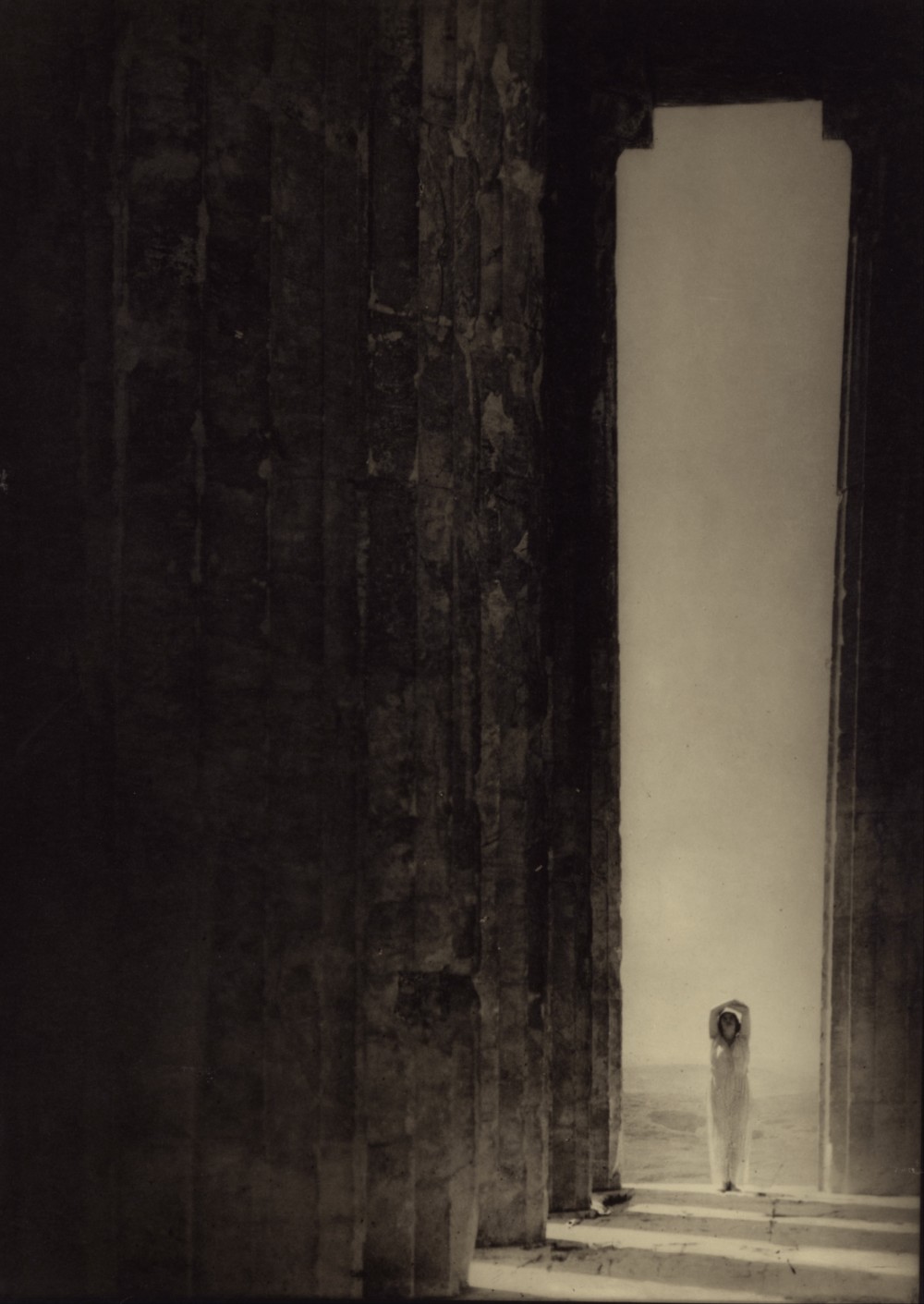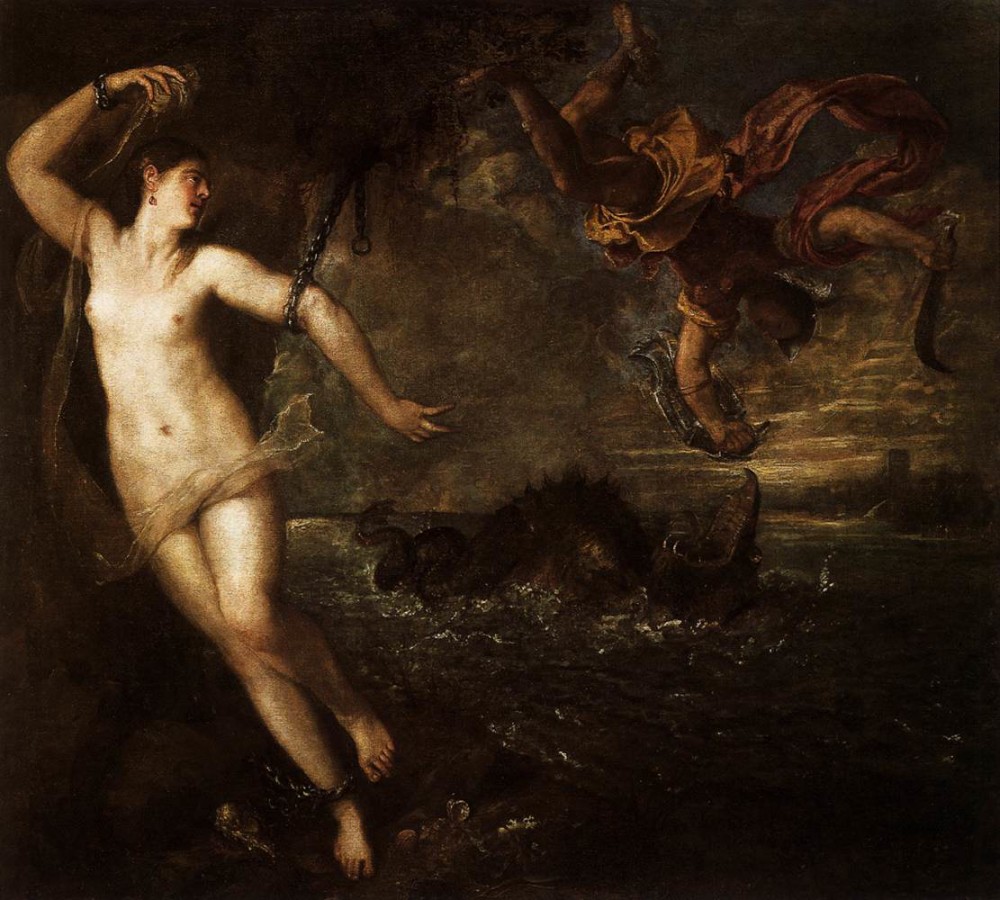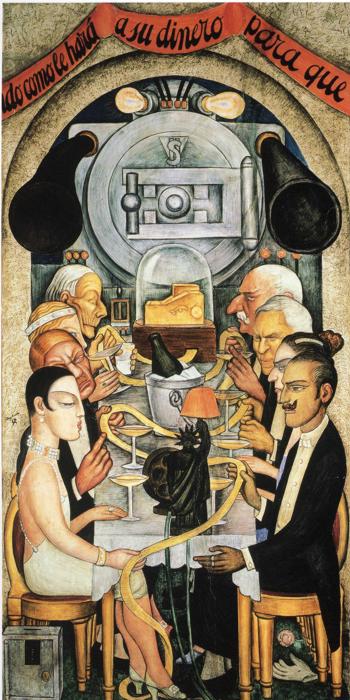When he learned in 1995 that he had Alzheimer’s disease, William Utermohlen, an American artist living in London, immediately began work on an ambitious series of self-portraits. The artist pursued this project over an eight-year period, adapting his style to the growing limitations of his perception and motor skills and creating images that powerfully documented his experience of his illness. The resulting body of work serves as a unique artistic, medical, and personal record of one man’s struggle with dementia.
Category Archives: Praxis
Mark Rothko, Adolph Gottlieb and Barnett Newman: A Brief Manifesto

- American abstract artists, The Irascibles, including William Baziotes, James C. Brooks, Jimmy Ernst, Adolph Gottlieb, Hedda Sterne, Clyfford Still, Willem de Kooning, Bradley Walter Tomlin, Barnett Newman, Jackson Pollock, Theodoros Stamos, Richard Pousette-Dart, Robert Motherwell, Ad Reinhardt, and Mark Rothko. (Photo by Nina Leen//Time Life Pictures/Getty Images)
-
To us art is an adventure into an unknown world, which can be explored only by those willing to take the risks.
-
This world of imagination is fancy-free and violently opposed to common sense.
-
It is our function as artists to make the spectator see the world our way not his way.
-
We favor the simple expression of the complex thought. We are for the large shape because it has the impact of the unequivocal. We wish to reassert the picture plane. We are for flat forms because they destroy illusion and reveal truth.
-
It is a widely accepted notion among painters that it does not matter what one paints as long as it is well painted. (Rothko said “this is the essence of academicism.)
-
There is no such thing as a good painting about nothing.
-
We assert that the subject is crucial and only that subject matter is valid which is tragic and timeless. That is why we profess spiritual kinship with primitive and archaic art.
June 13, 1943 edition of the New York Times, brief manifesto: Mark Rothko, with Adolph Gottlieb and Barnett Newman.
Dream: Roger Blin
As I’m thinking about the Great Recession
and it’s impact on art
the image of Roger Blin
comes to mind.
He had decided to produce
the work of Samuel Beckett.
he had to make a choice between two unpublished scripts,
Eleutheria or Waiting for Godot.
I have a sense that
if Blin had not picked Godot,
primarily because its smaller/single set
fit his limited budget,
this significant moment
in the history of the contemporary theater
would have been very different.

I admit:
the choice to do a cheaper project
is not always a pleasing aesthetic option,
but there is some significance
that if Blin had been operating in a subsidized institution,
the direction performance practices and theory have taken
might have been much more ordinary.
While it wasn’t the sole stimulus,
Beckett’s bare stages
contributed richly to the visual simplification of theater images
in the 1960s and 1970s
an aesthetic that privileged
the image of human figures in space.













